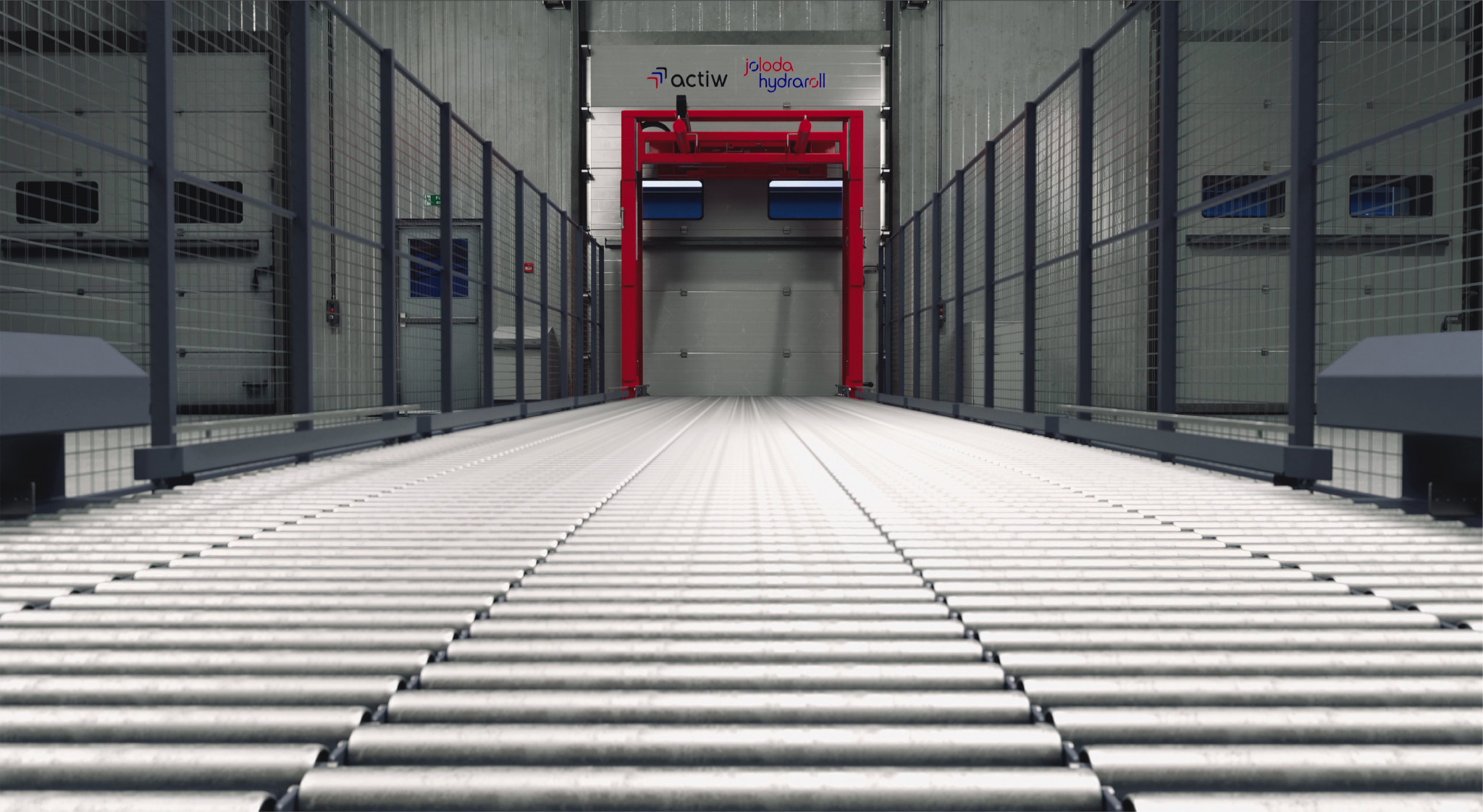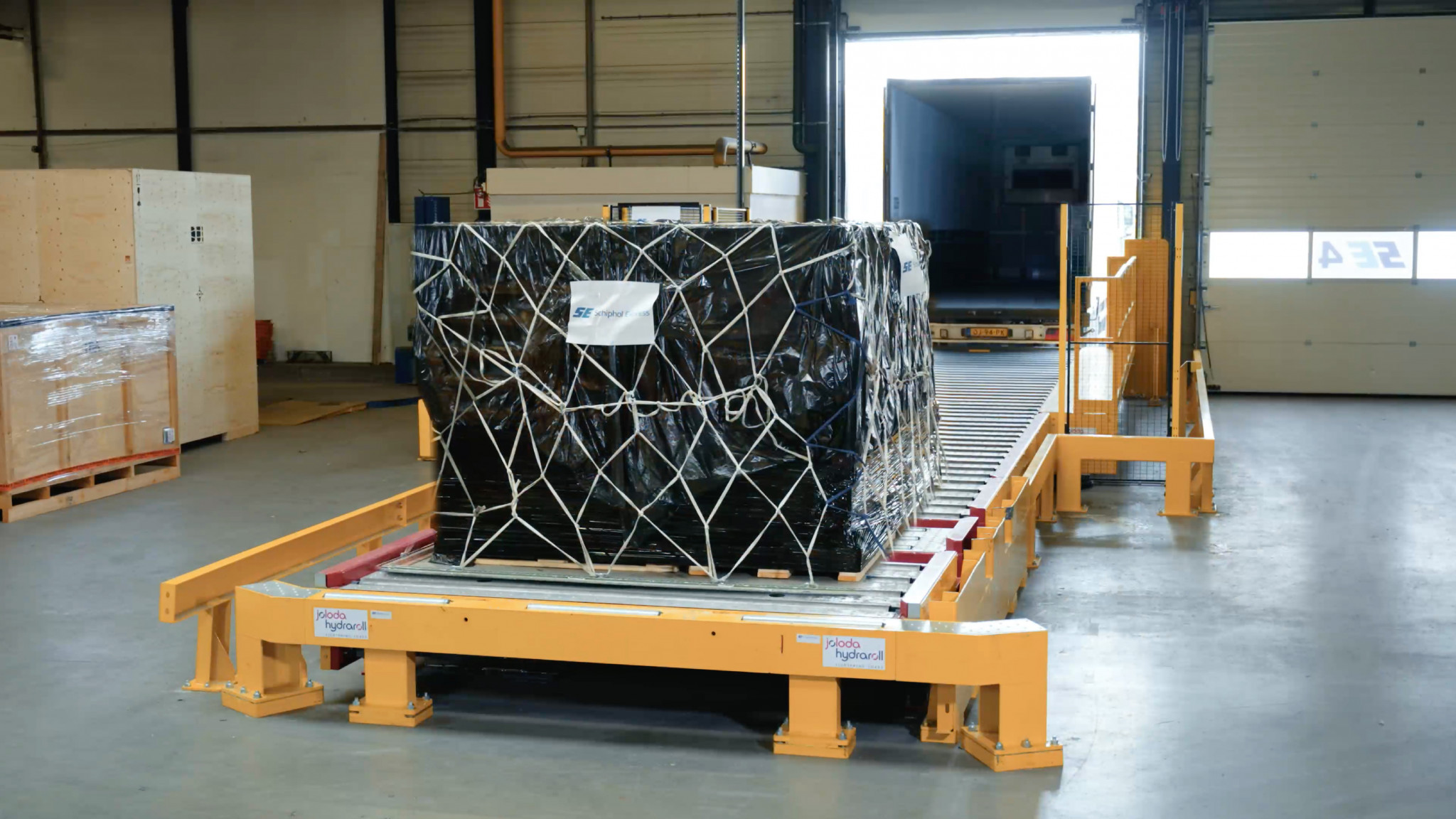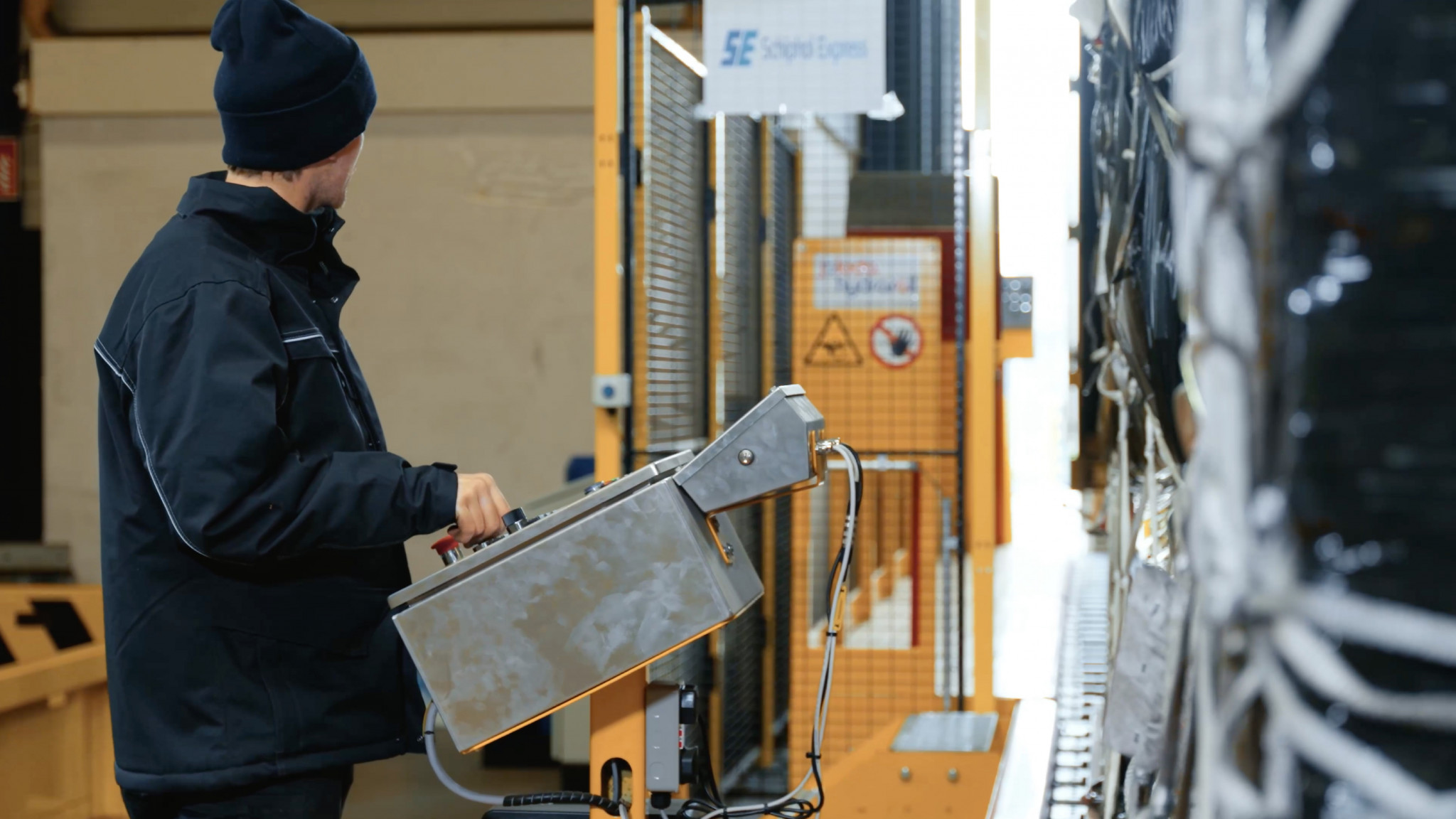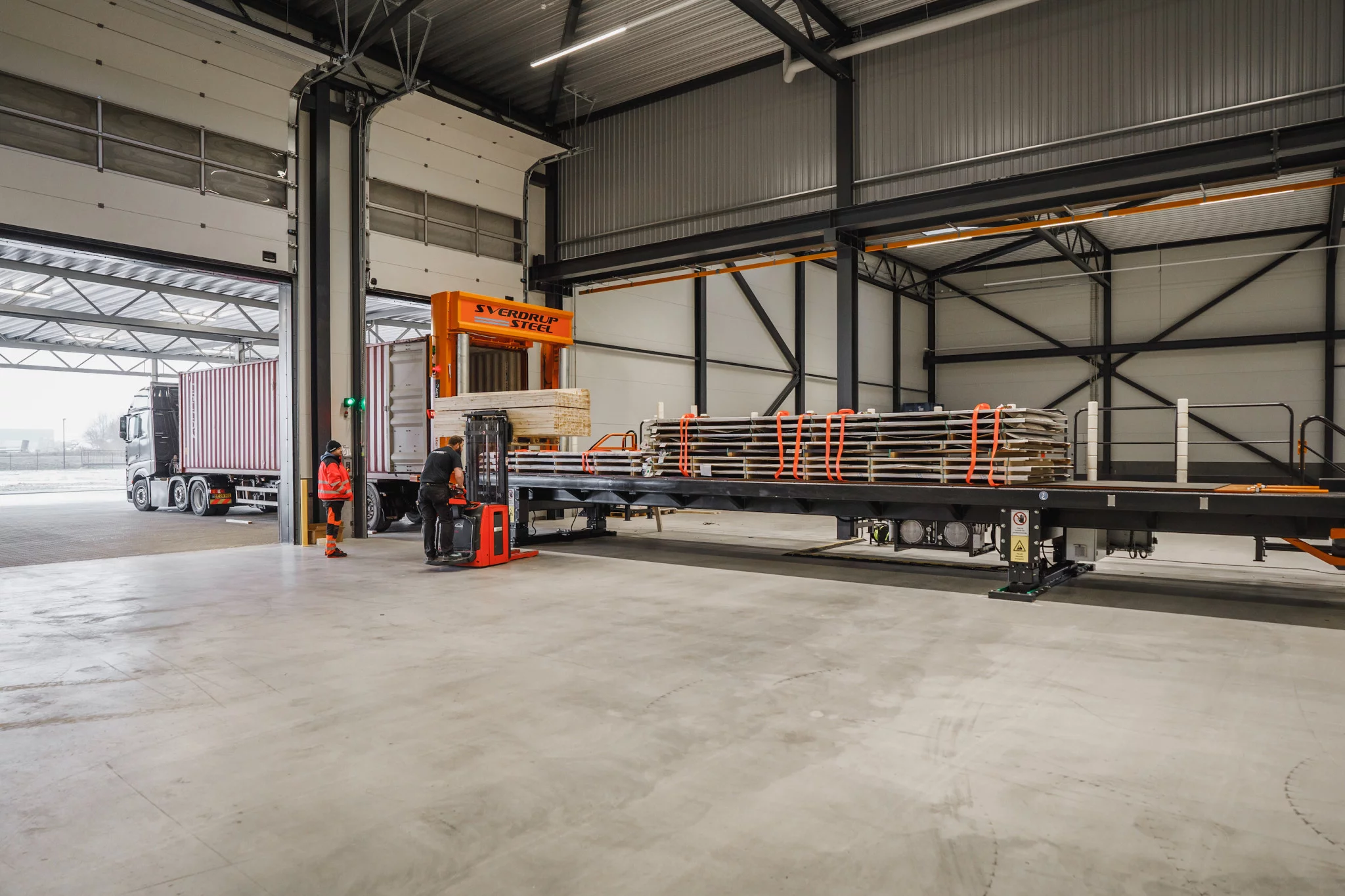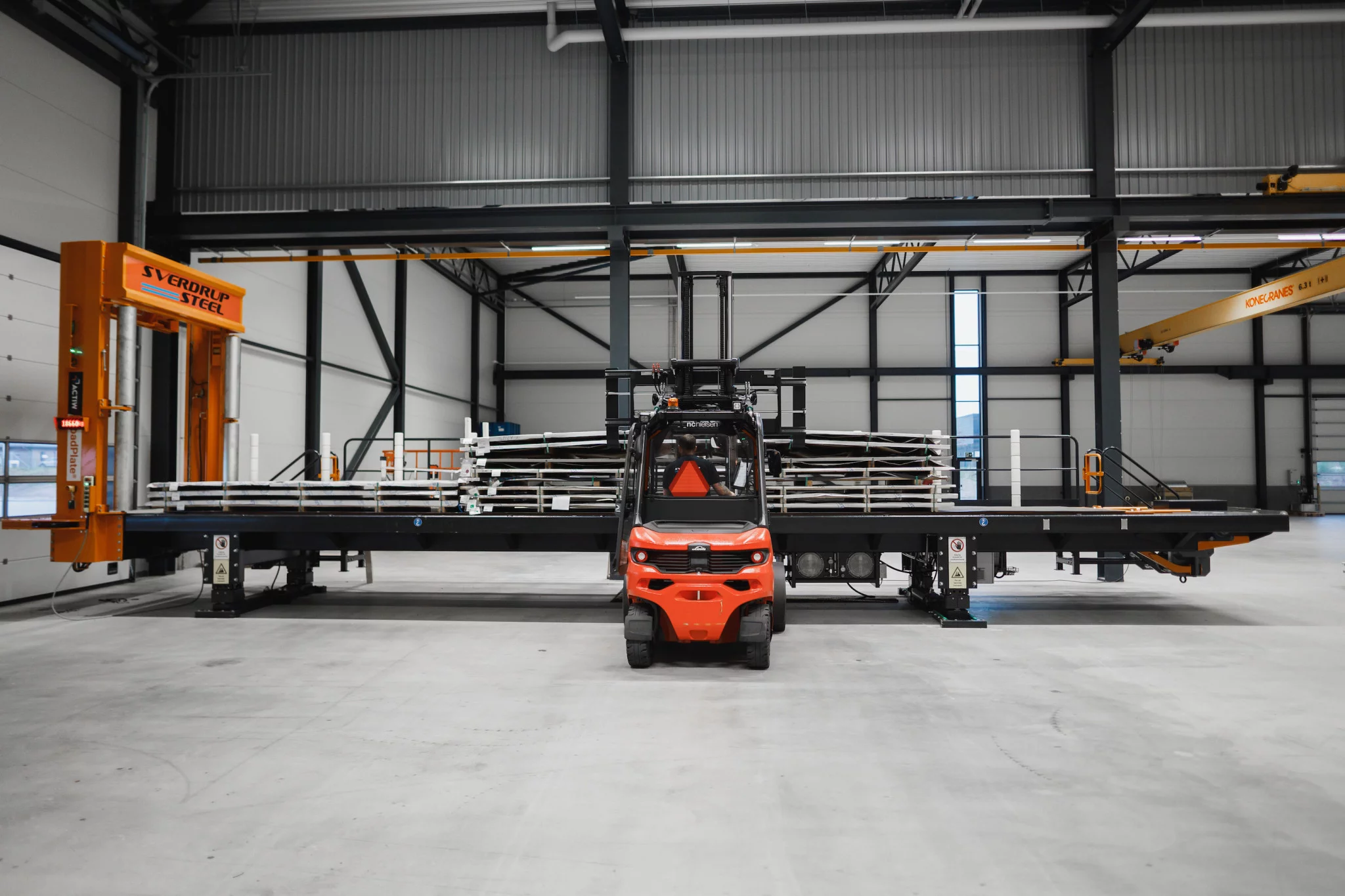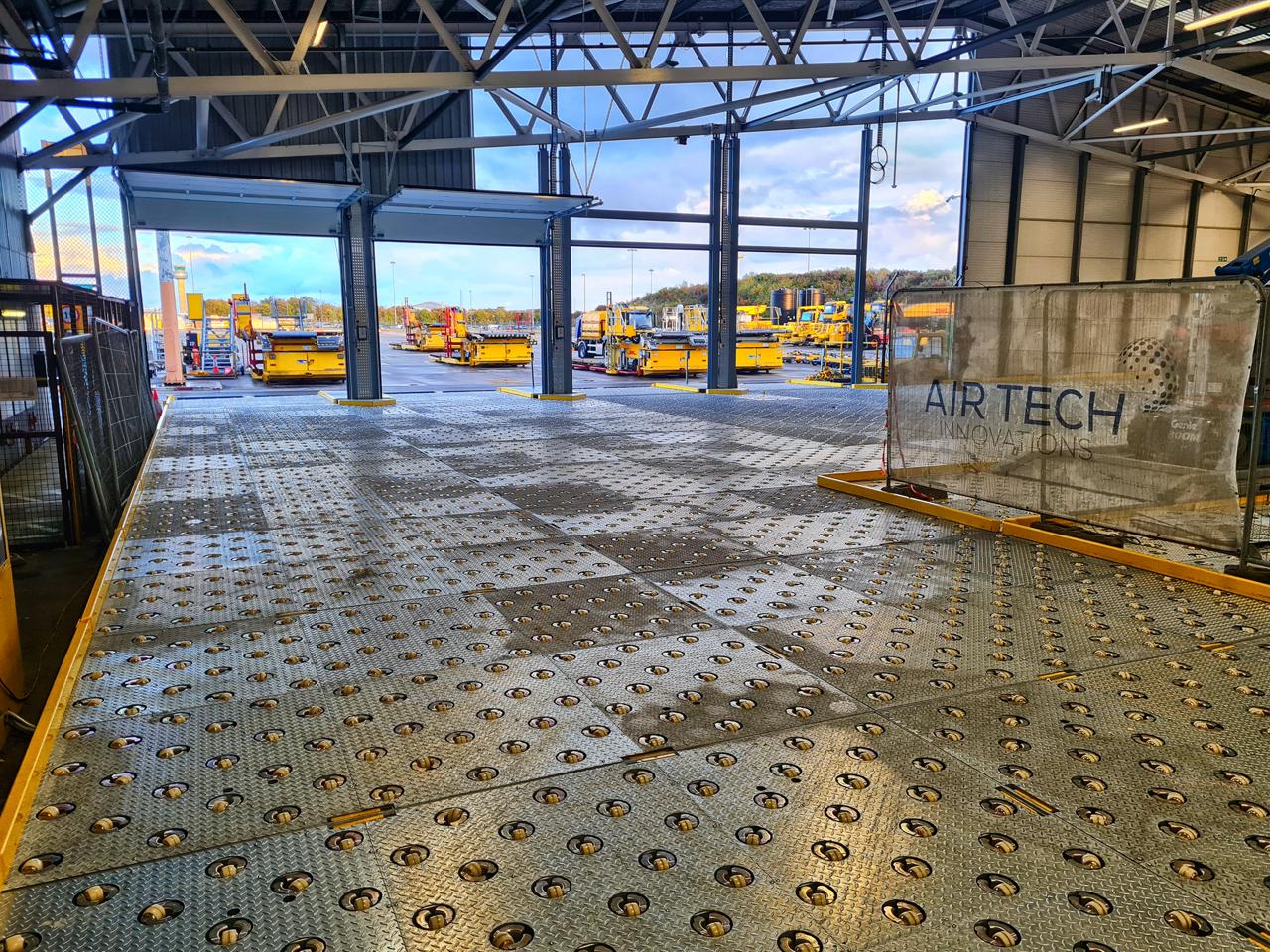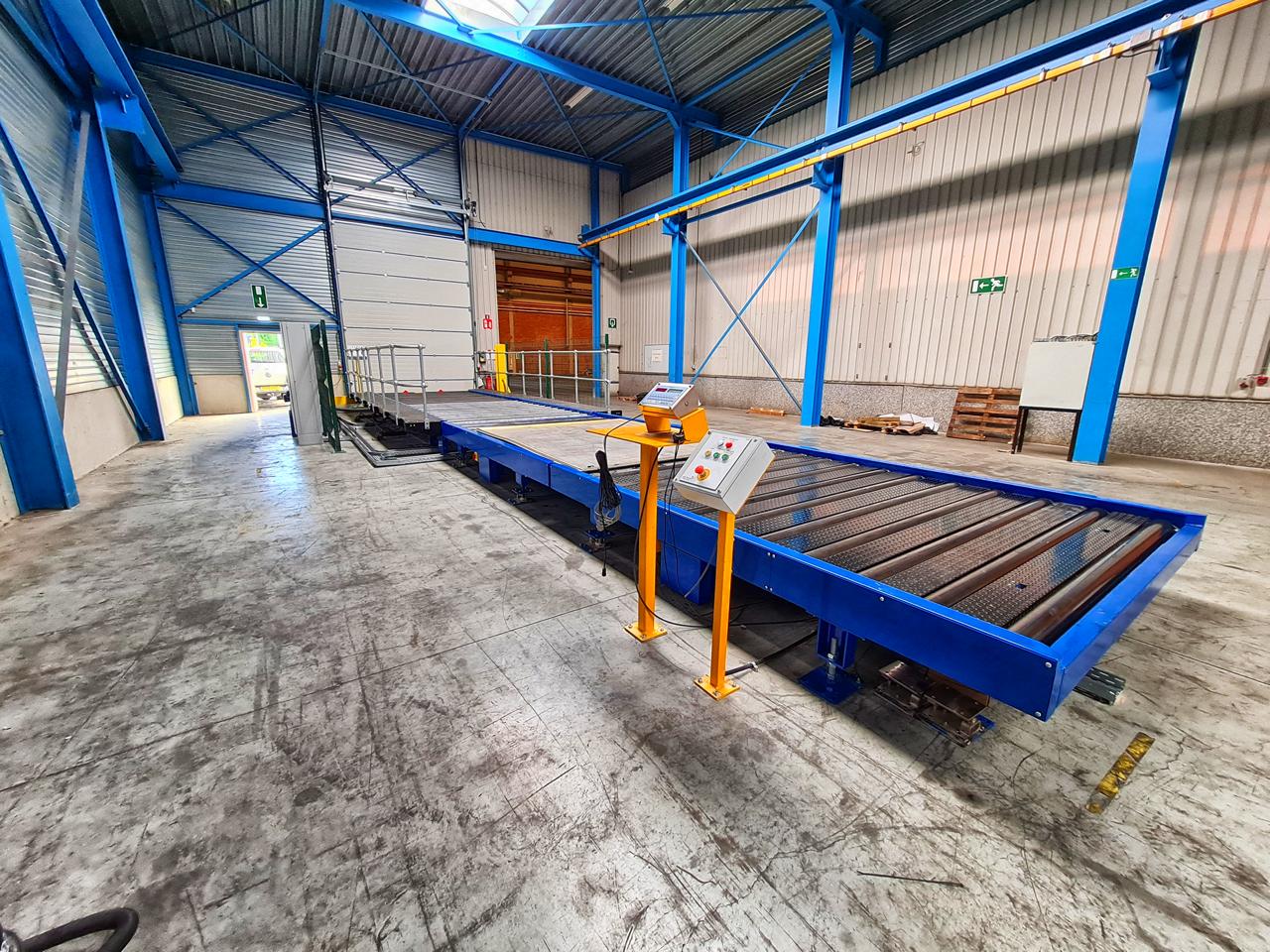Jan Tromp Transport Group has installed a Modular Rollerbed System with Powered Cargo Rollers (MRS-PCR) from Joloda Hydraroll to ensure the safe and controlled transportation of air cargo containing high-value, sensitive semiconductor equipment.
The Challenge
Jan Tromp Transport Group has been a provider of air cargo transport and storage solutions since 2014, specialising in time-critical and high-tech machinery transport throughout Europe. The Group operates from Eindhoven, providing road feeder services in the Netherlands and to destinations in France, Germany, Belgium and England almost daily. Its planning department works closely with clients to provide a tailoured solution to transport challenges around the clock, 24/7, 365 days a year. For one of the world’s leading semiconductor manufacturers, Jan Tromp Transport Group was tasked with transporting its semiconductor equipment.
The challenge was to find a solution that would allow for efficient loading and unloading of air cargo while maintaining the safety and integrity of the machines during transit. Given the delicate nature and high value of the semiconductor equipment, automated loading was essential.
The Solution
The Modular Rollerbed System with Powered Cargo Rollers from Joloda Hydraroll was selected as it enabled Jan Tromp Transport Group to use standard trailers while ensuring the secure and controlled handling of its air cargo containers. This compatibility allowed Jan Tromp Transport Group to retain all trailer security certificates, approvals, and insulation measures, thereby maintaining their high standards of safety and compliance.
Other features of the Rollerbed System with Powered Cargo Rollers (MRS-PCR) for Jan Tromp Transport Group when operating its road feeder services, include:
• Modularity – The system’s modular design allows it to be easily installed and removed without the need for extensive modifications, enabling businesses to retain build integrity and compliance certifications.
• Slimline Design – The system’s low-profile design (with a height of only 70mm) can be retrofitted into any standard trailer, meaning it can load and transport most varieties of air cargo.
• Pneumatic Operation – The system pneumatically lifts loads onto rollers and enables loading and unloading without the use of forklifts – even oversized cargo such as aerospace engines.
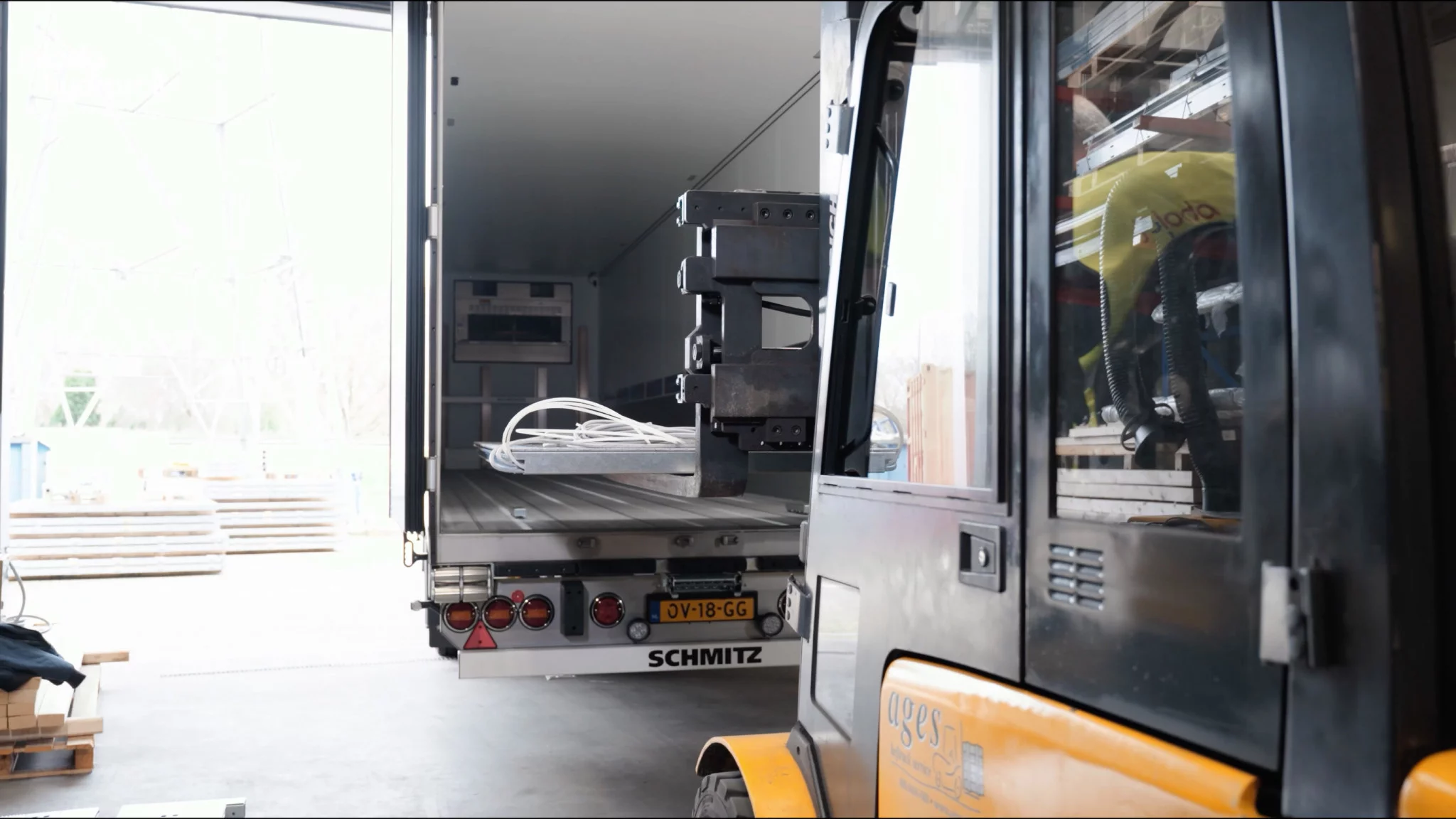
Results
The implementation of the Modular Rollerbed System with Powered Cargo Rollers provided Jan Tromp Transport Group with numerous benefits:
• Increased Efficiency – Semi-automated loading and unloading processes have significantly reduced turnaround times, leading to improved operational efficiency. The system can load a 13.6m trailer in just 90 seconds.
• Enhanced Safety – The powered cargo rollers eliminate reliance on pushing/ pulling which means loading is more controlled, reducing the risk of operators injuring themselves or cargo being damaged.
• Improved Productivity – Faster and more efficient air cargo has enabled the group to increase productivity and meet customer demands more effectively.
• Flexibility and Cost Savings – As the MRS-PCR is modular and can be retrofitted into existing trailers, this provides flexibility and saves money as it removes the need to invest in specialised trailers.
Jan Tromp, Managing Director, stated: “We are extremely pleased with the installation of the new MRS-PCR system. It has enabled us to use standard trailers, without modification, to handle all kinds of air freight with precision and make loading safer for our drivers. This will no doubt have a positive impact on our operations.”
The installation of Joloda Hydraroll’s Modular Rollerbed System with Powered Cargo Rollers is enabling the Jan Tromp Transport Group to safely and efficiently handle even the most delicate air cargo. Due to its innovative, modular design, the system could be retrofitted to the existing trailer fleet, leading to immediate ROI when purchasing new trailers, while unlocking ongoing productivity gains.
similar news



